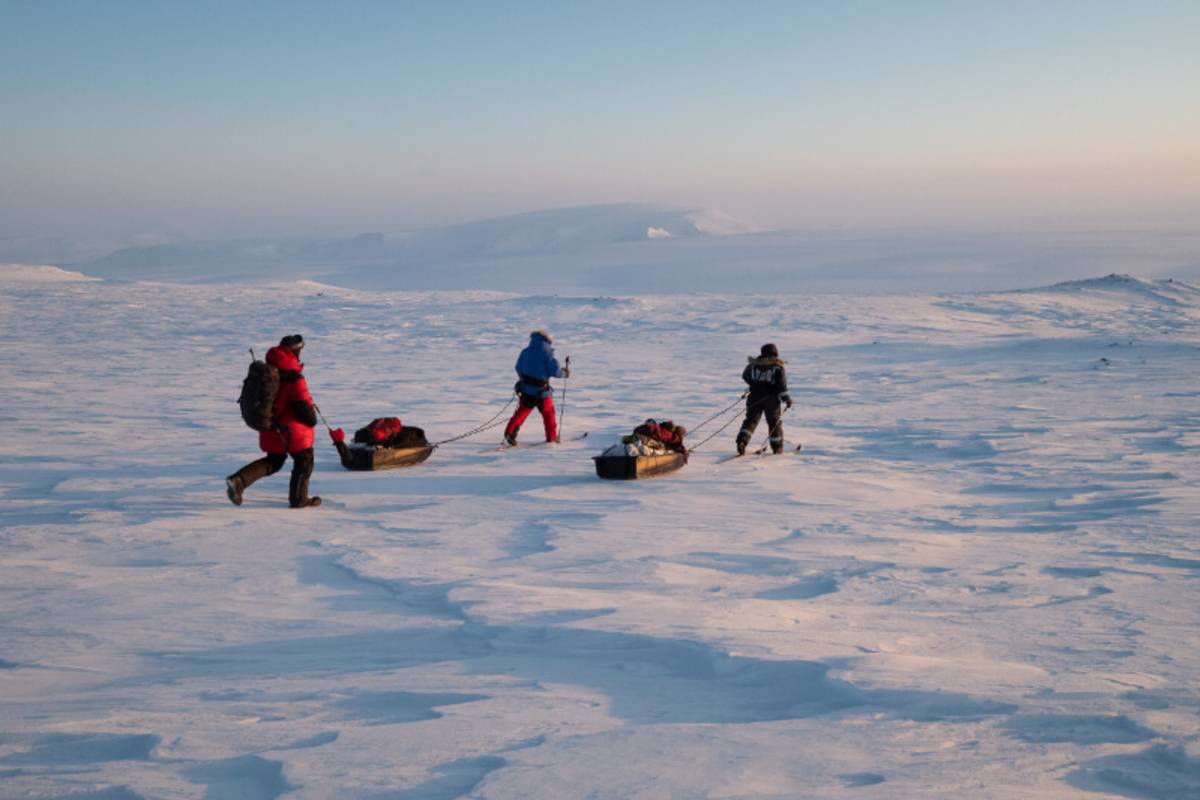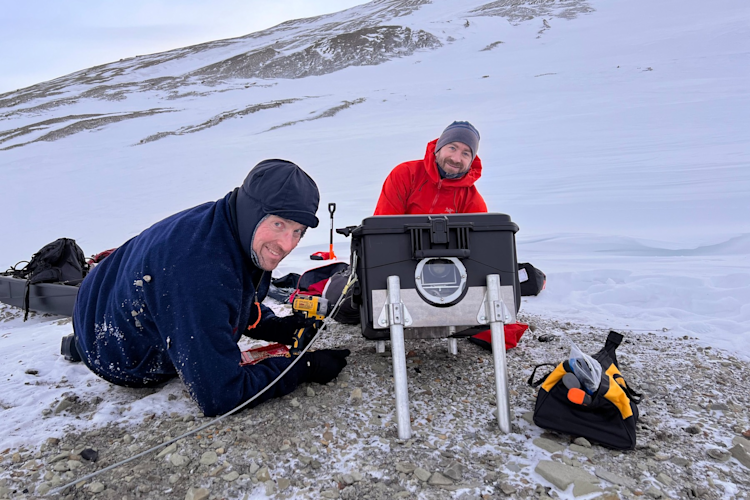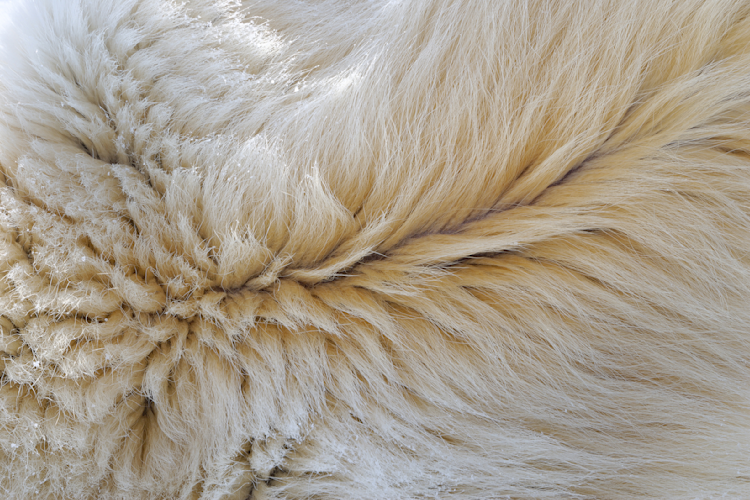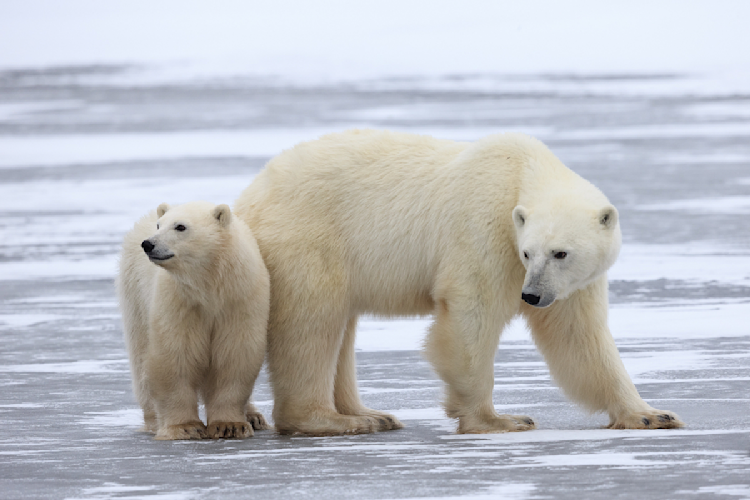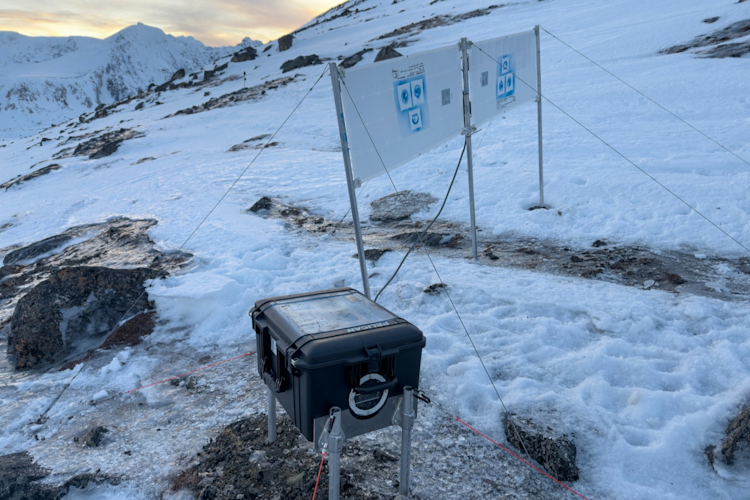Q: When did you start the project?
A: We started the Svalbard study in 2016, building on earlier den study work that we did in Alaska as part of a project led by Dr. Tom Smith of Brigham Young University. It was originally launched by the USGS. That work was motivated by the fact that more and more industrial activity was moving into the region, yet little was known about denning behavior and what impact it might have.
Since that early work in Alaska, our systems have changed greatly. The cameras are so small and energy-efficient now that our packages have shrunk from 300 pounds (and quite bulky!) to the size of a carry-on suitcase weighing about 35 pounds. They’re so compact and easy to transport that they could be sent to any denning area, from Greenland to Russia to Canada and Alaska. What’s more, they can easily be set up by anyone after some fairly basic training.
Q: How many dens do you typically monitor each year?
A: That varies based on the number of known den locations and their accessibility, but we generally place cameras at two to five den sites each year. Because polar bears on Svalbard den on steep mountain slopes, sometimes the only way to reach them is by helicopter, landing a safe distance away. After landing, we usually ski in with our equipment, but one year there was almost no snow so we mostly hiked in from there, pulling the sled with our equipment. Some dens are simply too challenging or risky to access due to glacier proximity and/or avalanche terrain.
This year our team includes myself; Louis Archer, our Research Fellow; Christian Zoelly, our director of field operations and logistics; Kieran McIver, field assistant, and partners from the San Diego Zoo Wildlife Alliance.
Q: Are there any differences between the study in Svalbard and the previous project in Alaska?
A: There are quite a few differences, starting with terrain. Along the North Slope of Alaska, the landscape is mostly flat with subtle features—almost like being on the moon! Also, there is quite a bit of oil and gas activity in the central region. Svalbard, on the other hand, is characterized by steep mountain slopes, glaciers, crevasses, and dramatic fjords. No industrial activity takes place in the denning areas, but snowmobilers and skiers visit the more accessible slopes. So, the types of human activity in the two regions are quite different, as are the denning conditions for the bears.
